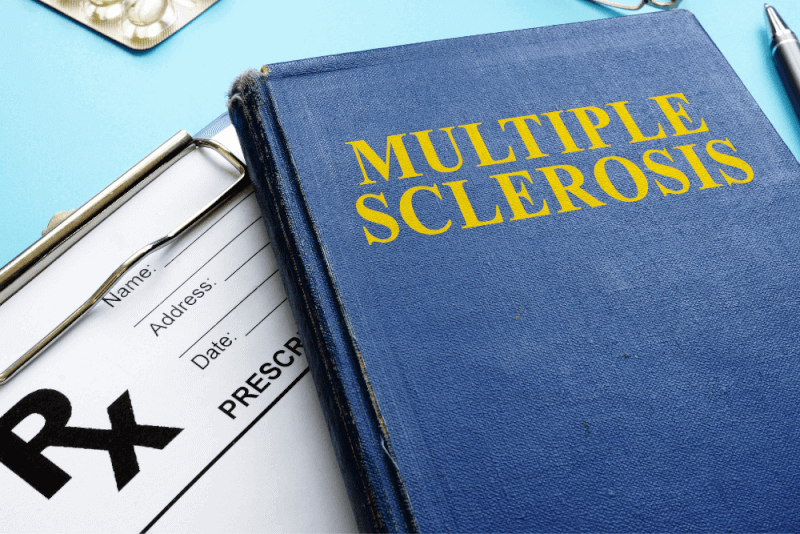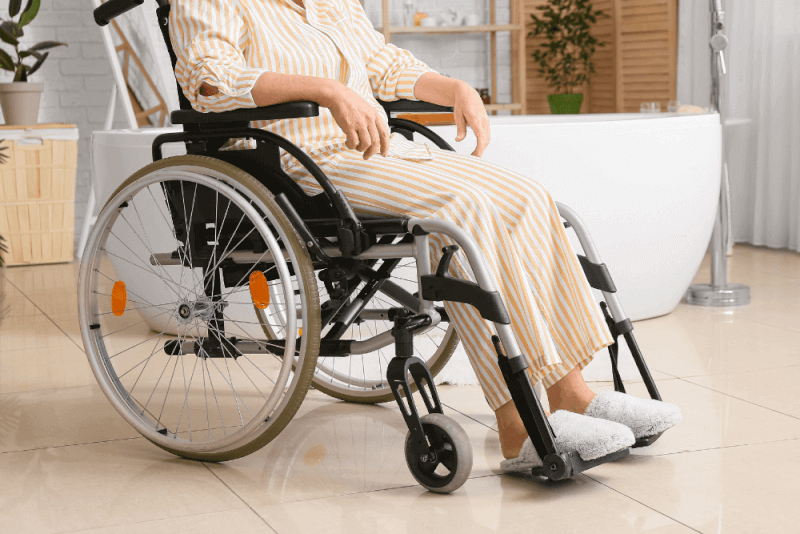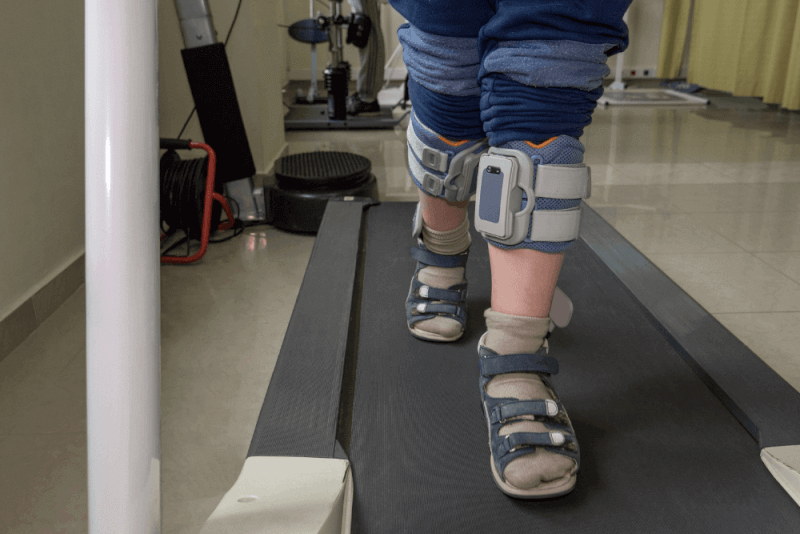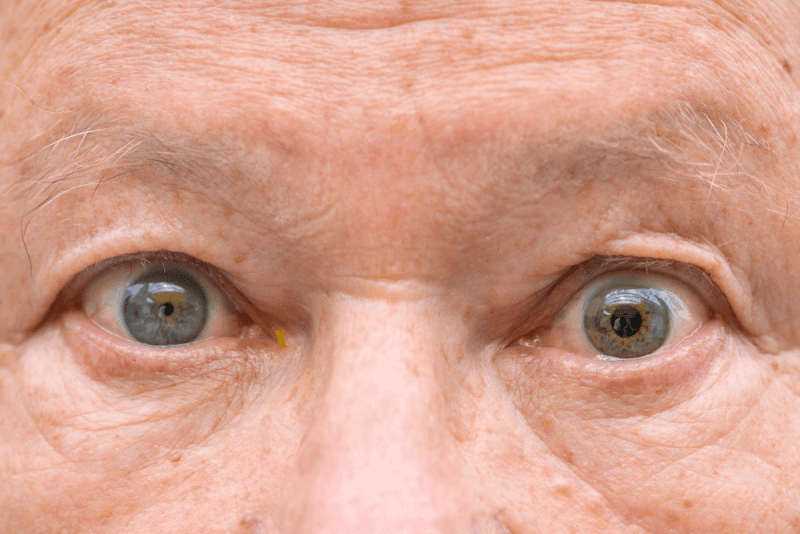What is Neuropathic Pain?
Neuropathic pain refers to nerve pain that can occur when the nervous system malfunctions or is damaged. Neuropathic pain is also known as nerve pain. Pain can be felt at various levels of the nervous system, including peripheral nerves, the spinal cord, and the brain. The central nervous system consists of the spinal cord and the brain. Peripheral nerves refer to the nerves that spread to the organs, arms, legs, fingers, and toes in the rest of the body.
Damaged nerve fibers send incorrect signals to the pain center in the body, causing neuropathic pain. Nerve function may change in the area of nerve damage and in regions of the central nervous system. About 30% of neuropathy cases are seen due to diabetes, while shingles, alcohol use disorder, and many other diseases can also cause neuropathic pain.
Causes of Neuropathic Pain
Neuropathic pain can be seen due to many diseases and causes. The most common health conditions that cause neuropathy include:
Autoimmune diseases
Autoimmune diseases that can cause neuropathic pain include:
- Sjogren's syndrome
- Lupus
- Rheumatoid arthritis
- Guillain-Barre syndrome
- Chronic inflammatory
- Demyelinating polyradiculoneuropathy
In addition, some cancers related to the immune system can cause neuropathy. These are a type of autoimmune disorder known as paraneoplastic syndrome.
Diabetes and metabolic syndrome
The most common cause of neuropathy is diabetes. More than half of people with diabetes develop some form of neuropathy.
Infection
Some viral or bacterial infections, as listed below, cause neuropathic pain. These infections include:
- Lyme disease
- Shingles
- Hepatitis B
- Hepatitis C
- Leprosy
- Diphtheria
- HIV
Hereditary disorders
Many genetic disorders, primarily Charcot-Marie-Tooth disease, are among the hereditary types of neuropathy seen in families.
Tumors
Cancerous growths, also known as malignant tumors, and non-cancerous growths, also known as benign tumors, can cause neuropathy if they develop on the nerves or put pressure on them.
Bone marrow disorders
Bone marrow disorders that cause neuropathy usually include a rare type of myeloma affecting the bones called monoclonal gammopathy, lymphoma, and rare amyloidosis diseases.
Other diseases
Other diseases that can cause neuropathy include metabolic conditions such as kidney and liver disease, and hypothyroidism, a condition known for underproduction of thyroid hormone.
Alcohol use disorder
Unhealthy dietary choices and poor vitamin absorption in people with alcohol use disorder, also known as alcoholism, can lead to low levels of essential vitamins in the body. This condition is one of the reasons for neuropathic pain.
Poisoning
Toxic substances include industrial chemicals and heavy metals such as lead and mercury.
Medications
Some medications, especially chemotherapy drugs used to treat cancer, can cause neuropathy.
Nerve injury or pressure
Traumas such as motor vehicle accidents, falls, or sports injuries can cause peripheral nerves to be cut or damaged. In addition, causes that increase nerve pressure include casting, using crutches, or repeatedly performing a movement like writing.
Low vitamin levels
Vitamins B1, B6, and B12 as well as copper and vitamin E are extremely important for maintaining nerve health. If one of these vitamins is deficient, neuropathic pain can occur.
Idiopathic neuropathic pain
In some cases, no condition causing neuropathic pain can be detected. These are called idiopathic neuropathic pain.
Symptoms of Neuropathic Pain
Symptoms of neuropathic pain may include one or more of the following:
Spontaneous pain
Pain that occurs without any apparent reason is the most characteristic symptom of neuropathic pain. These pains can include burning, stabbing, or electric shock-like pain, as well as tingling, numbness, or pricking sensations.
Hyperalgesia
Increased sensitivity to stimuli that can cause pain or discomfort, such as pinpricks or heat.
Allodynia
Pain felt due to stimuli that normally would not cause pain or discomfort, such as cold, pressure, or something rubbing against the skin. There is an extreme sensitivity to touch.
Hypoalgesia
Lack of pain or discomfort in situations that would normally cause pain or discomfort.
Dysesthesia
A term describing strange, unpleasant, or painful unexpected sensations.
Insomnia
Difficulty sleeping or sleep disturbance due to pain can cause emotional stress.
Other symptoms
Other symptoms of neuropathic pain may include:
- Muscle weakness
- Lack of coordination
- Falling
- Inability to move
- Feeling as if wearing gloves or socks when not wearing them
- Excessive sweating or inability to sweat
- Bowel, bladder, or digestive problems
- Low blood pressure
- Dizziness
Diagnosis Criteria for Neuropathic Pain
During the diagnosis of neuropathic pain, specialists primarily perform a physical examination and review the patient's history. If the specialist knows or suspects a nerve injury, they will recognize typical symptoms of neuropathic pain. Various tests will be used to find the underlying cause.
Blood tests
Blood tests are used to detect low vitamin levels, diabetes, signs of inflammation, or metabolic problems that may cause peripheral neuropathy.
Imaging tests
Imaging tests, such as computerized tomography or magnetic resonance imaging, are used to detect herniated disks, nerve compressions, blood vessel or bone problems.
Nerve function tests
These tests, also known as EMG, measure and record the electrical activity in muscles to find nerve damage. A thin needle is inserted into the muscle to measure the electrical activity created when the muscle contracts.
During EMG, a nerve conduction study can also be performed. Flat electrodes are placed on the skin and low electric current signals are sent. A specialist records how the nerves respond to the electric current.
Other nerve function tests
These can include an autonomic reflex screen, which records how the autonomic nerves work. Other tests include a sweat test to measure the body's ability to sweat and sensory tests that record how you feel touch, cooling, and heat.
Nerve biopsy
This involves removing and examining a small portion of the nerve to try to find the cause of neuropathy.
Skin biopsy
This involves removing a small portion of the skin to look at the number of nerve endings.
Treatment Methods for Neuropathic Pain
The goals of neuropathic pain treatment are to manage the underlying condition and improve symptoms. If laboratory tests do not show an underlying condition, specialists may recommend a monitoring period to see if neuropathy continues or improves.
Medications
Various medications can be used to treat conditions that cause neuropathic pain. In addition, various medications are used to improve the symptoms of neuropathic pain. These medications include:
Pain relievers
Over-the-counter medications, such as nonsteroidal anti-inflammatory drugs, can help relieve mild symptoms.
Anticonvulsants
Medications developed to treat epilepsy are often helpful in improving nerve pain. Side effects of these medications include drowsiness and dizziness.
Topical treatments
Over-the-counter lidocaine cream can be applied to the skin. This cream is another treatment applied to the skin to relieve pain. Side effects include numbness at the application site and dizziness.
Antidepressants
Some tricyclic antidepressants can help relieve pain. These medications interfere with chemical processes in the brain and spinal cord that cause the sensation of pain. Additionally, serotonin and norepinephrine reuptake inhibitors and long-release antidepressants are more effective in improving diabetic peripheral neuropathy pain. Side effects of antidepressants include dry mouth, nausea, drowsiness, appetite changes, dizziness, constipation, and weight gain.
Therapies
Certain types of therapy help manage the symptoms of neuropathic pain. These therapies include:
Transcutaneous electrical nerve stimulation (TENS)
This treatment uses electrical stimuli to send painless messages to the brain. These messages replace the pain messages sent by the nerves to the brain. The goal of this treatment is to retrain the brain to think there is no pain.
Spinal cord stimulation
This type of therapy uses devices placed in the body. These devices, called neurostimulators, send low-level electrical signals that can block the signals from reaching the brain.
Plasma exchange, steroids, and intravenous immunoglobulin
This treatment is typically used when neuropathy pain is accompanied by weakness, numbness, or imbalance due to inflammation or autoimmune conditions.
Physical therapy
Physical therapy helps improve the ability to move if there is muscle weakness or balance problems. Additionally, hand or foot supports, a cane, a walker, or a wheelchair may be needed.
Surgery
Surgery may be required if neuropathic pain is caused by factors such as tumors that put pressure on the nerve.
Alternative medicine
Some people with neuropathic pain benefit from complementary therapies for relief. Researchers are beginning to study these techniques as thoroughly as most medications. However, the following therapies are among the promising alternative methods:
Acupuncture
Inserting thin needles into various points of the body helps reduce neuropathy symptoms. Multiple sessions may be required for improvement. This procedure is generally considered safe when performed by a certified practitioner using sterile needles.
Alpha-lipoic acid
Alpha-lipoic acid, used for many years in Europe to treat neuropathy, is particularly beneficial for those with painful diabetic neuropathy. Since it can affect blood sugar levels, the use of alpha-lipoic acid should be discussed with a healthcare professional. Other side effects of this treatment include stomach upset and skin rash.
Amino acids
Amino acids like acetyl-L-carnitine are particularly beneficial for people undergoing chemotherapy and those with diabetes. Side effects of this treatment include nausea and vomiting.
Neuropathic Pain Syndromes
Neuropathic pain is divided into different subgroups based on the symptoms and the affected area.
Diabetic neuropathy
Neuropathic pain caused by nerve damage due to diabetes is called diabetic neuropathy. Over time, high blood sugar and triglyceride levels cause nerve damage. The symptoms of diabetic neuropathy vary depending on the type. The types of neuropathic pain caused by diabetes include:
Peripheral neuropathy
Peripheral neuropathy, which typically affects the feet and legs, and sometimes the hands and arms, is a type of nerve damage. One of the most common types of neuropathy, peripheral neuropathy affects about one-third to half of people with diabetes.
Autonomic neuropathy
It damages the nerves that control the internal organs, causing problems with heart rate, blood pressure, the digestive system, the bladder, sexual organs, sweat glands, and the eyes. Damage can also lead to unawareness of hypoglycemia.
Focal neuropathies
These are neuropathic pains felt due to damage in a single nerve. They are most commonly seen in the hands, head, trunk, or legs. The most common types of focal neuropathy are entrapment syndromes like carpal tunnel syndrome. Other types of focal neuropathy are much less common.
Proximal neuropathy
Proximal neuropathy, seen in the hips or thighs, is a rare but debilitating type of neuropathy. The damage usually affects one side of the body and rarely spreads to the other side. Symptoms progress slowly over months or years.
Phantom limb pain
Also known as phantom limb pain, it refers to the continuous pain sensations that seem to come from a part of the limb that is no longer there. Various sensations, such as burning, itching, or pressure, may be felt from amputated organs. About 80% of people with amputated limbs experience this type of pain.
The duration of pain varies from person to person. In some people, the pain passes within seconds, while in others, it can last for days. The frequency and duration of this type of neuropathic pain gradually decrease within the first six months. However, these sensations continue to be experienced, albeit to a lesser extent, for years.
Postherpetic neuralgia
Postherpetic neuralgia, caused by shingles, continues for a long time after the shingles rash and blisters heal. The pain felt can be burning, sharp, and stabbing. People who experience this pain often cannot tolerate even light touches. In some people, postherpetic neuralgia causes symptoms such as itching or loss of sensation.








